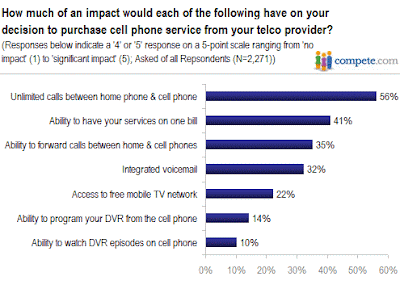
In an earlier post, I mentioned about
Motorola closing down its handset business. In a news item couple of weeks back, there was an announcement that the
company will be breaking into two:
Motorola announced plans to separate its struggling handset business from other operations forming two separate publicly traded companies after months of agitation from frustrated investors. The suburban Chicago-based cell phone maker has been under pressure from billionaire investor Carl Icahn for changes meant to revitalize its cell-phone business. The cell phone unit has seen its sales and stock price plummet with the company unable to produce second act to the once-popular Razr phone.
Motorola said the handset business will operate separately from another company that will encompass its home and networks business, which sells TV set-top boxes and modems, and its enterprise mobility solutions, which sells computing and communications equipment to businesses.
"Our priorities have not changed with today's announcement," Chief Executive Greg Brown said in a statement. "We remain committed to improving the performance of our Mobile Devices business by delivering compelling products that meet the needs of customers and consumers around the world."
Schaumburg-based Motorola said it hopes the transaction will be tax-free, allowing shareholders to own stock in both of the new companies. If the deal is approved, the two units would be separated in 2009.
Brown said Motorola will launch a search for a new chief executive of the Mobile Device business as it works to regain favor with customers and its No. 2 position in the cell phone market.
Motorola lost that spot last year to rival Samsung Electronics Co.
Finland's Nokia Corp. is the industry leader.
"We believe strongly in our brand, our people and our intellectual property, and expect that the Mobile Devices business will be well-positioned to regain market leadership as a focused, independent company," Brown said.
Wednesday's announcement was just the latest shake-up at Motorola, which rode the success of the iconic Razr phone from 2005 to 2006, but has stumbled since amid stiff competition.
Motorola Inc. is laying off 2,600 employees across the company, resulting in a pretax charge of $104 million for the first quarter, the Schaumburg-based telecommunications equipment-maker disclosed in a regulatory filing Thursday. In a separate statement, Motorola said the layoffs are part of a previously announced plan to cut costs by $500 million this year. Executives had disclosed the cost-reducing program at the beginning of 2008 and warned that it could mean job losses. Motorola's employee head count totaled 66,000 at the end of 2007, according to the annual report it filed in February.
There are rumors linking Dell and ZTE to a buyout of the handset business part but we dont know for sure.
So who will gain from this?
There are many upcoming handset manufacturers who may benefit directly from this. Apple, ZTE, RIM and HTC are the obvious candidates that come to my mind. A somewhat old (Feb)
news item from my Inbox can give us some clues:
RIM and ZTE took places among the world's top ten largest mobile phone makers in 2007, new research from Gartner claims.
Despite only being available in four markets: US, UK, Germany and France, the iPhone transformed Apple into the tenth largest handset maker in the fourth quarter of 2007, the analysts informed.
RIM took sixth place while low-cost handset manufacturer ZTE, which specialises in delivering devices to emerging markets, took seventh place.
Apple holds 0.6 per cent of the market while sixth-place RIM has 1.2 per cent. Motorola saw its share fall to 11.9 per cent from 21.5 per cent. Nokia (40.4 per cent) and Samsung (13.4 per cent) continue to dominate global handset sales.
Gartner analyst Carolina Milanesi observed: "The global mobile devices market will remain relatively immune to a recession in the US and Western European economies as the majority of growth in 2008 will come from emerging markets. The mature Western Europe and North America markets are driven by operator contract terms and replacement cycles and will account for just 30 per cent of the global mobile devices market in 2008.”
 If telcos can articulate the value proposition for bundling cell phone service in with other telco services, it looks like consumers will be accepting. So let’s invite another guest to the party and bring on the Quad-Play!
If telcos can articulate the value proposition for bundling cell phone service in with other telco services, it looks like consumers will be accepting. So let’s invite another guest to the party and bring on the Quad-Play! 














